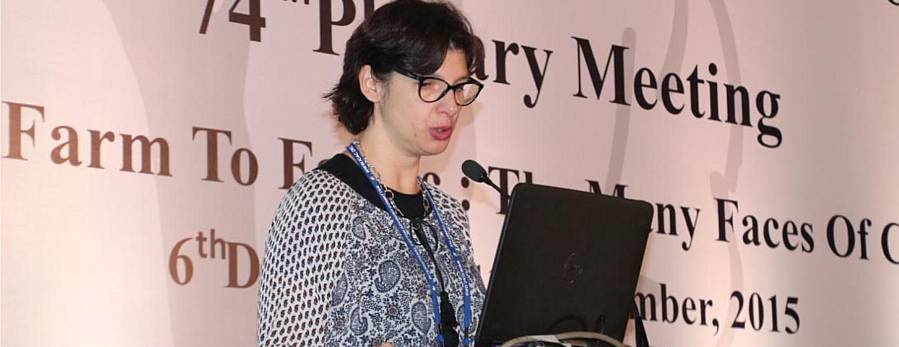Sustainability
Researchers strive to reduce insecticide use in cotton production

With so much at stake, the use – and sometimes overuse – of insecticides is understandable, as farmers do everything they can to protect their livelihood. Globally, more than $15 billion was spent on various insecticides in 2013.
“Fortunately, we don't necessarily need to completely eradicate the use of all insecticides to do a lot of good," says Francesca Mancini, a pest and pesticide specialist with the United Nations Food and Agriculture Organization (FAO).
“The elimination of HHPs [highly hazardous pesticides] from cotton production would contribute enormously to reducing risks to the environment and human health."
Many insect problems, the panelists agreed, aren't caused by the chemicals themselves, but rather by their improper use. Farmers who apply the wrong chemicals at the wrong time exacerbate the problem. Great strides could be made toward reducing the amount of insecticides used, and increasing their efficacy, through education of growers.
One such approach, they said, is integrated pest management (IPM), which emphasizes the growth of a healthy crop with the least possible disruption to agro-ecosystems and encourages natural pest control mechanisms.
